How to grow waterlilies for stunning summer blooms – and transform your pond into a floral paradise
Add a touch of drama to your water garden by learning how to grow waterlilies
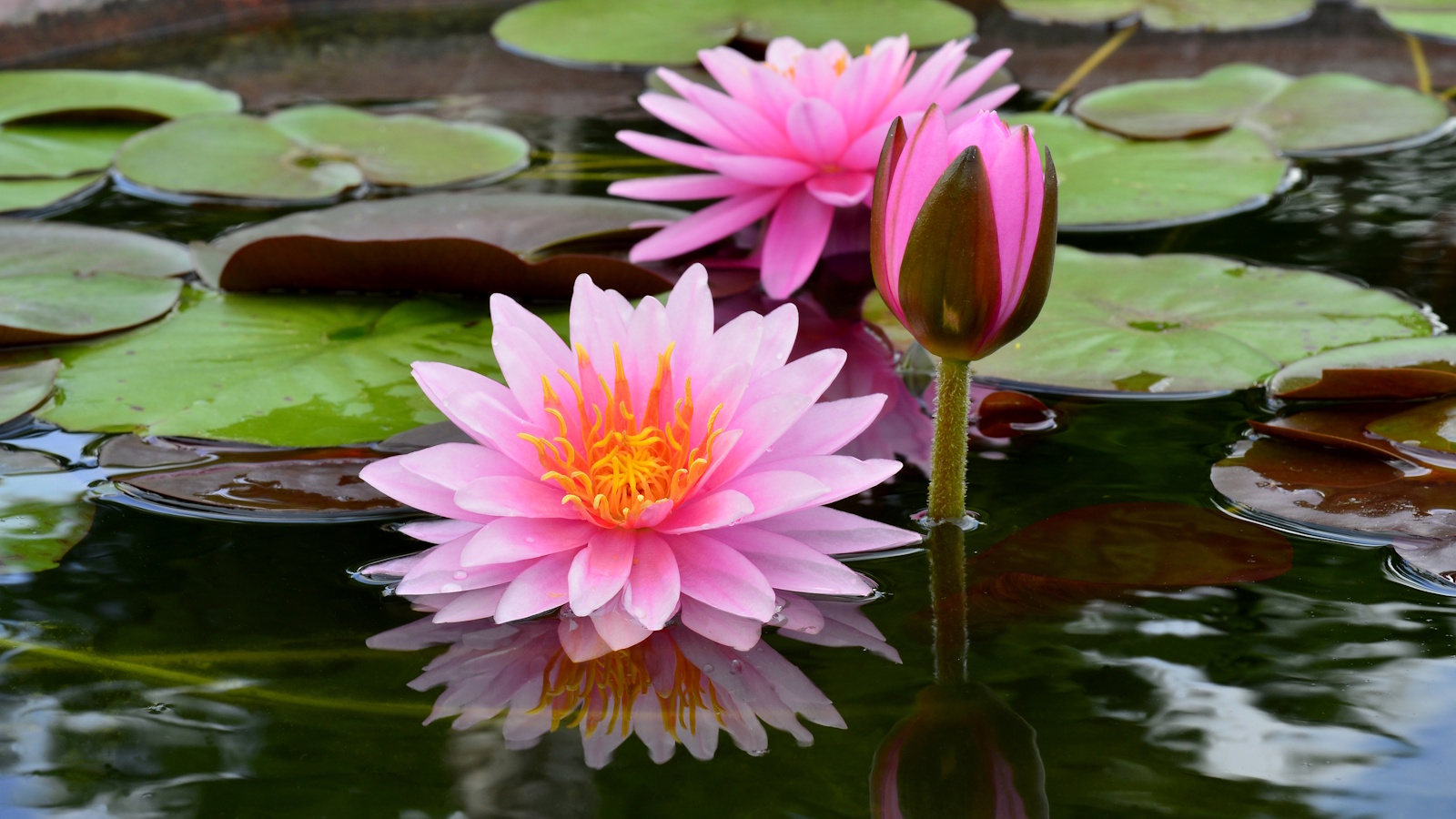

Waterlilies, or Nymphaea, are the quintessential pond plant. Not only do they produce attractive round leaves that rest on the water’s surface, but they bloom in various shades ranging from pink to white, red to orange. If you want to create a Monet-inspired masterpiece in your backyard, learning how to grow waterlilies is a must.
There are 65 species of Nymphaea, which can be broken down into two basic groups: hardy and tropical. Some are found in the warmer regions of the world, whereas many grow naturally in cooler regions, including across North America and Europe.
So, if you are looking to create a wildlife pond this year, or perhaps you want to add some color to your water garden, learning how to grow waterlilies is a good idea. Here, one master gardener and pond plant expert reveals all you need to know to succeed.
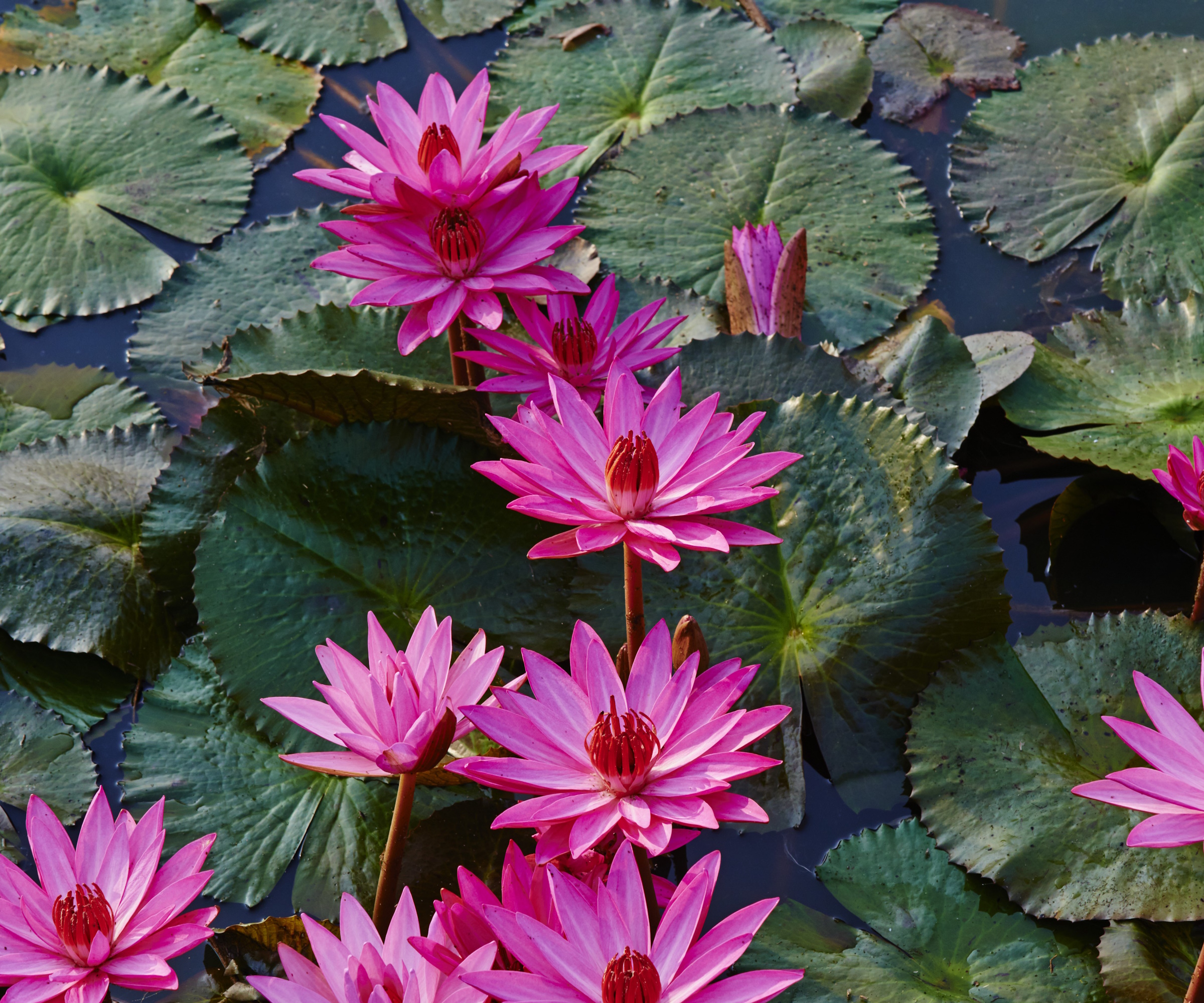
How to grow waterlilies
Waterlilies are some of the best pond plants and can be found growing across North America, Europe and Asia. One popular option is the native white waterlily, or Nymphaea odorata, found growing in wetland areas across eastern North America.
Be warned, however, that some waterlily species are considered invasive plants, and can quickly dominate ponds, lakes and natural pools. Even Nymphaea odorata has a reputation as a vigorous plant and is considered an invasive exotic in California and Washington. Always do your homework when selecting what plants to grow in your yard by consulting the website of the local government environment agency.
Growing habits for waterlilies
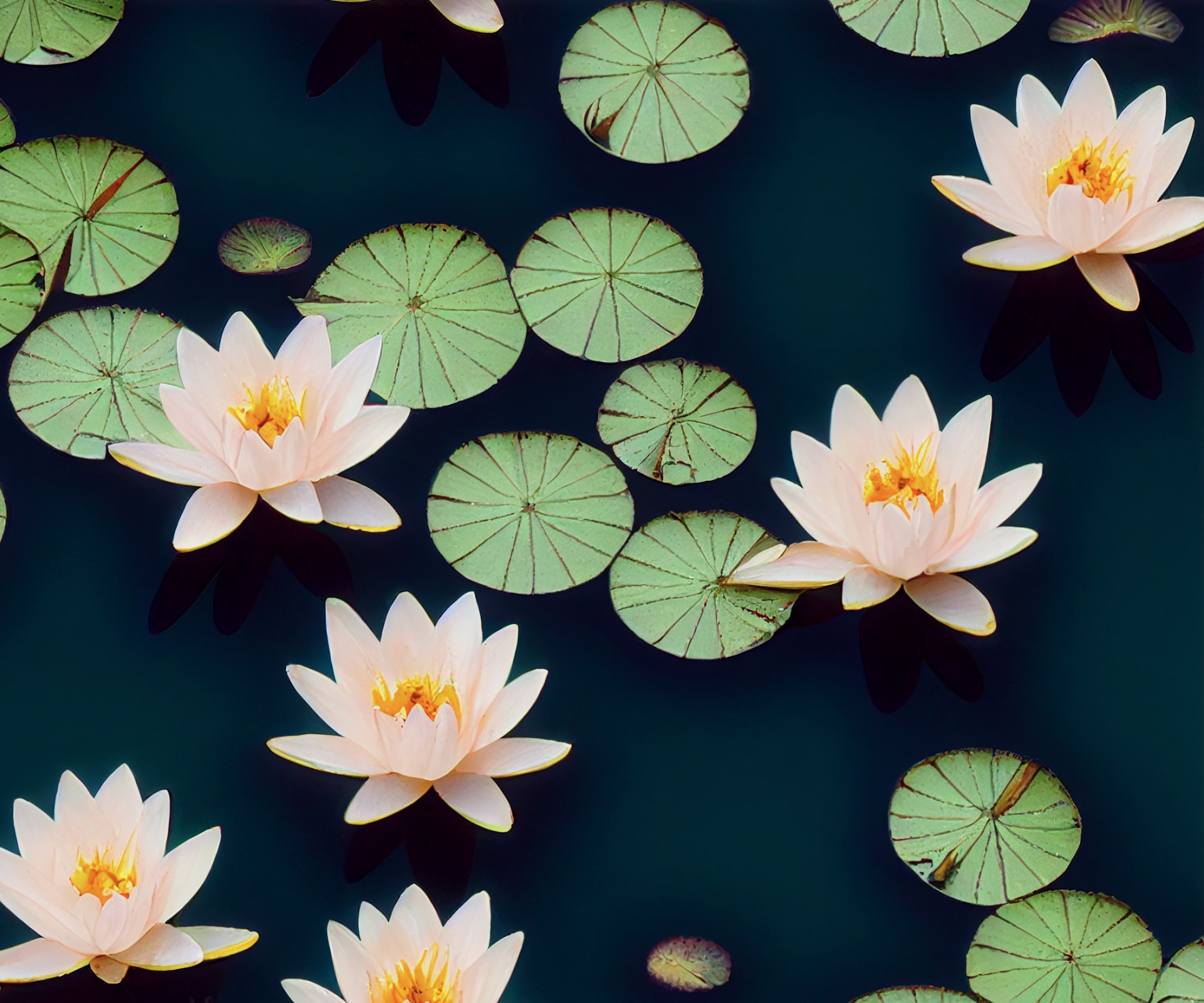
'All waterlilies prefer full sun, thriving in spots with at least four to six hours of sunshine,' says Jan Schreier, master gardener and founder of the Minnesota Water Garden Society. 'Most will grow in less sun, but growth rate and bloom count will suffer.
'When shopping for waterlilies, they are usually listed by size, which refers to the typical spread of the lily pads,' Jan says. 'In general, they need space, lots of it, but cultivars can now be found even in miniature sizes, perfect for growing in a container on a deck or patio.
'Just be sure to pick a cultivar best suited to your garden and US hardiness zone,' Jan adds. 'Hardy waterlilies can grow in climates from zones 4 to 10, although you still must move them in winter to keep the underwater rhizome safe. Where I live in Minnesota, moving them three to four feet deeper to keep them from freezing. In the summer, they can be shifted to a shallower location, so they can soak up the sun and enjoy a longer bloom season.
'Tropical waterlilies are only hardy down to zone 9,' Jan says, 'but they can be treated as annual flowers in cooler climates. Tropical waterlilies tend to have much more variety in both pad color and flower color than the hardy options, plus they are usually much larger. Tropical waterlilies can also be day bloomers or night bloomers, while hardy options are strictly day bloomers.
'Another way to tell them apart is the location of the flowers,' Jan says. 'Generally speaking, hardy waterlily blooms rest on the water’s surface, whereas tropical waterlilies have slightly ruffled-edge pads and their flowers stand 6 to 12 inches above the water’s surface, although this is not always the case.'
Bareroot white waterlily plants (Nymphaea odorata) are available to order from Amazon.

Jan Schreier is the founder of the Minnesota Water Garden Society started in 1997 and still going strong. She ran a business in water garden consulting, design, service and construction for 20 years called Happy Ponds. She has served many roles on the MWGS Board, and held the position of newsletter editor, and plant sale coordinator for the past 8 years. She is an active Master Gardener in the states of Minnesota and Arizona.
Care guide for waterlilies

Soil: 'Waterlilies are some of the best perennials but they are hungry plants, meaning they need nutrient-rich soil,' Jan says. 'The best way to provide this without turning your pond into an algae-infested bog is to plant your waterlily in a container with heavy clay garden soil.' Alternatively, you can plant your waterlily in an aquatic basket, lined with hessian and filled with aquatic compost. 'Top the pot with gravel which will help the soil stay in the pot (fish love to root around in the clay soil and spill it all over the pond, and ducks like to pull them out of the pot when newly transplanted).' Pond plant baskets are available to order from Walmart.
Light: Full sun will generate the best results, although waterlilies can be grown in part shade. However, as Jan says, this will reduce the number of blooms. Tropical water lilies require a minimum water temperature in the 70°F to 75°F range, so growing them in sunny spots will keep the temperature at an acceptable level.
Fertilizing: 'Waterlilies are heavy feeders,' Jan says. 'Feed in the spring with a fertilizer labeled aquatic, which will slowly release nutrients into the soil rather than the water. Use water plant tablets that can be pushed into the soil and covered with soil. Use three to four tablets every month for each waterlily throughout the growing season, stopping in the fall, six weeks before the first frost.' Pond plant tablets are available from Walmart.
Pruning: To prune water lilies, remove any yellow or brown leaves by cutting the stems to the crown of the plant. Over time, you may need to divide your waterlily, carefully cutting sections with a sharp knife and replanting in a new basket. Spring is a good time to do this. This is relatively simple to do, just be sure that each new section has a growing point.
Toxicity: Some waterlilies can be toxic and are harmful to both humans and pets if ingested. Always do your research on particular species, especially if you have dogs who enjoy swimming in your pond. The yellow water lily, Nuphar lutea, for example, is considered poisonous, whereas the white water lily is not.
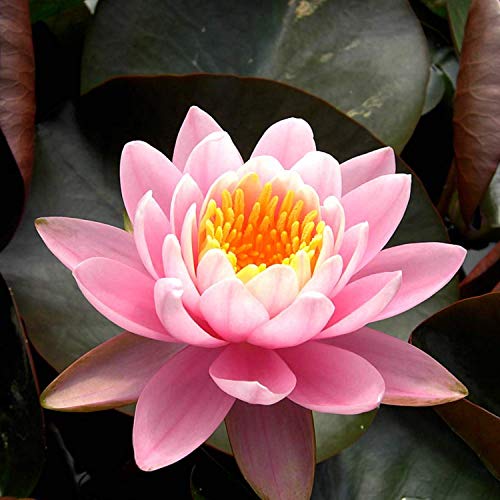
Nymphaea fabiola is an attractive pink waterlily with a golden center. This species is hardy and can be grown in cooler regions down to zone 3.
FAQs
What is an easy to grow water lily variety?
'There are many easy-to-grow waterlilies,' Jan says, 'many of which bloom well even with little sunshine. Try Nymphaea tetragona, or the pygmy waterlily, which thrives in cooler water and has miniature white blooms. Alternatively, try the Chromatella yellow water lily, Nymphaea ‘ Marliacea Chromatella’, which has small yellow blooms with cup-shaped leaves and speckled pads.'
How deep should I place the water lily container?
Pond depth will vary from species to species. 'Typically, mini varieties might only go as low as six inches, whereas you can go as high as 36 inches deep for the very large growing waterlilies,' Jan says. Always do your research depending on the exact species and variety you grow.
'Because all waterlily hybrids can cross-pollinate, it is illegal to grow any of them in places that might overflow into natural waterways,' Jan advises. 'For this reason, waterlilies should be grown only in a stand-alone container or a man-made ornamental pond that does not overflow into a natural waterway.'
For more water garden advice, see our guide on some of the best oxygenating pond plants, to fill your pond with lush and unusual species this year.
Sign up to the Homes & Gardens newsletter
Design expertise in your inbox – from inspiring decorating ideas and beautiful celebrity homes to practical gardening advice and shopping round-ups.

Thomas is a Content Editor within the Gardens Team at Homes and Gardens. He has worked as a professional gardener for both public spaces and private estates, specializing in productive gardening, growing food and flowers. Trained in Horticulture at the Garden Museum, he has written on gardening and garden history for various publications, including The English Garden, Gardens Illustrated, Hortus, The London Gardener and Bloom. He has co-authored a Lonely Planet travel book, The Tree Atlas, due out in 2024.
You must confirm your public display name before commenting
Please logout and then login again, you will then be prompted to enter your display name.
-
 Zooey Deschanel and Jonathan Scott's breakfast nook is an innovative, effective use of kitchen space – it turns a 'dead area' into a cafe-style corner
Zooey Deschanel and Jonathan Scott's breakfast nook is an innovative, effective use of kitchen space – it turns a 'dead area' into a cafe-style cornerJonathan and Zooey have situated an eccentric yet elegant dining area in what may have been an otherwise underused corner
By Hannah Ziegler Published
-
 6 things you should never throw in the trash – and what to do for safe disposal instead
6 things you should never throw in the trash – and what to do for safe disposal insteadFrom batteries to space heaters, experts reveal what not to throw
By Andy van Terheyden Published
-
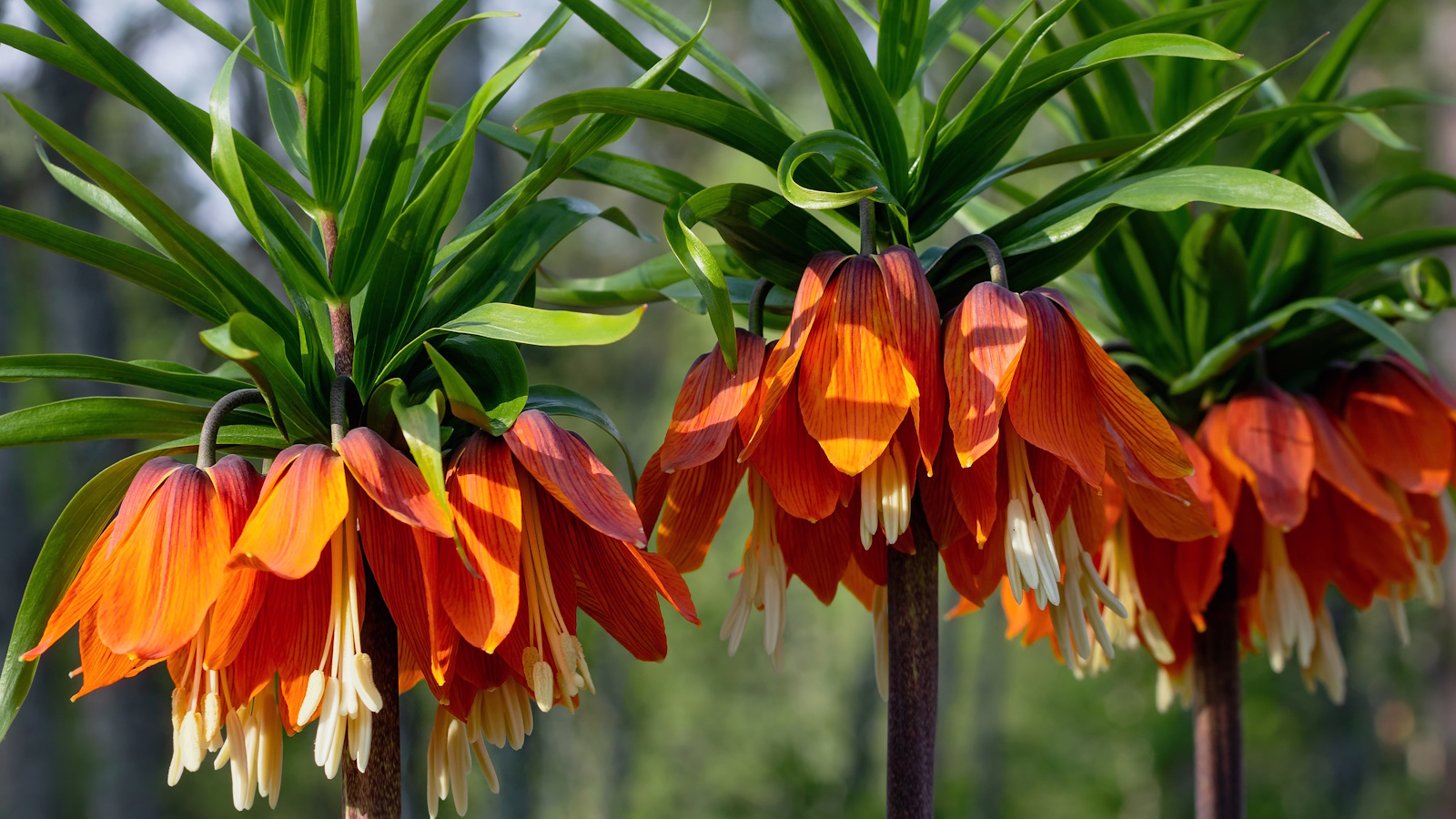 Worst-smelling plants to avoid – experts reveal 5 pungent species and suggest perfumed options to grow instead
Worst-smelling plants to avoid – experts reveal 5 pungent species and suggest perfumed options to grow insteadThese are some of the worst-smelling plants that can cause quite a stink
By Thomas Rutter Published
-
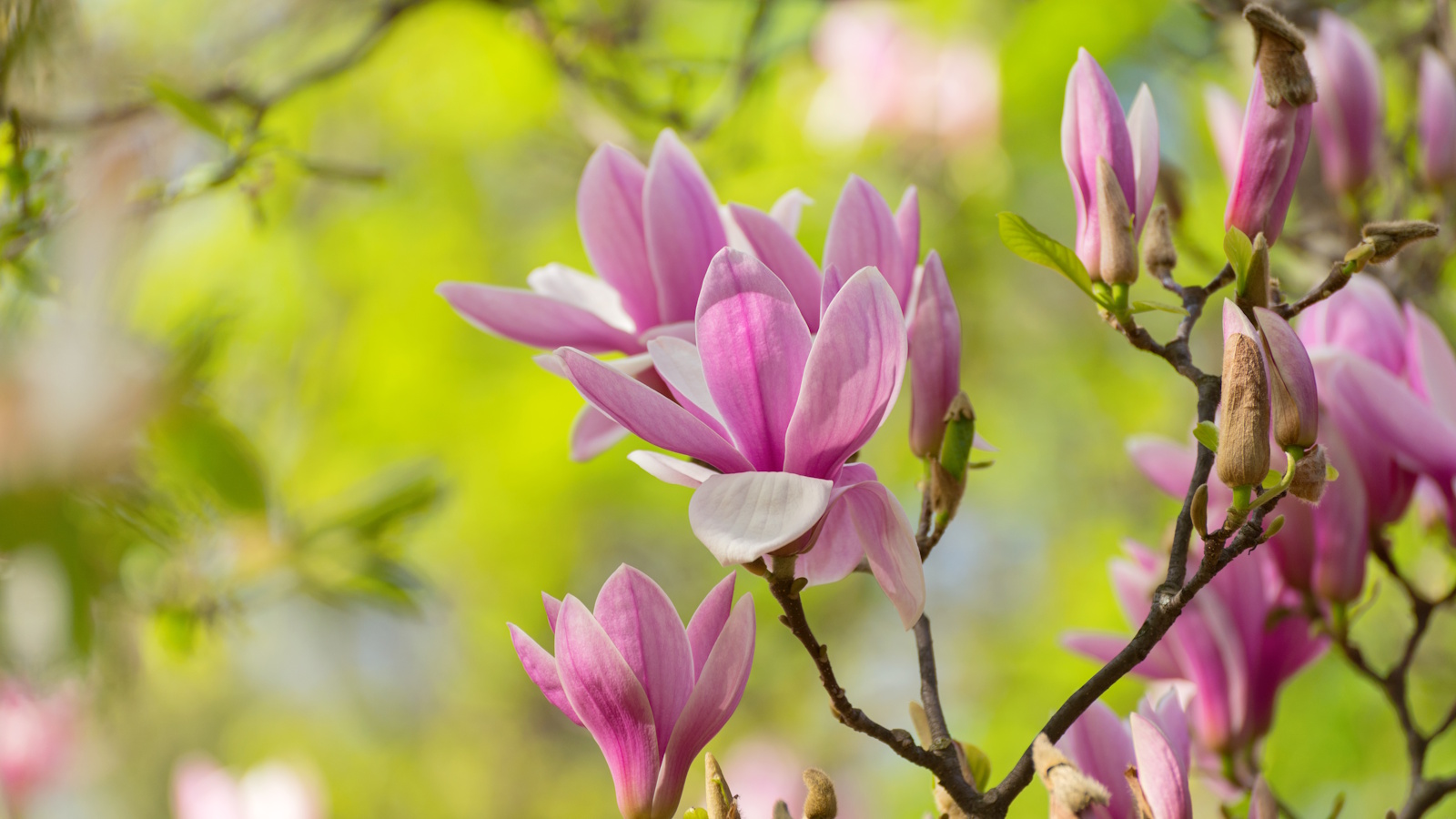 How to fertilize magnolias – garden experts reveal the secrets to better blooming, and timing is critical
How to fertilize magnolias – garden experts reveal the secrets to better blooming, and timing is criticalMagnolias are famed for their spring flowers, and feeding at the right time can give trees a boost
By Thomas Rutter Published
-
 How to revive old rhododendron plants – pruning advice from a professional gardener to save your struggling shrubs
How to revive old rhododendron plants – pruning advice from a professional gardener to save your struggling shrubsWith the right pruning approach, you can rejuvenate old and woody rhododendrons
By Thomas Rutter Published
-
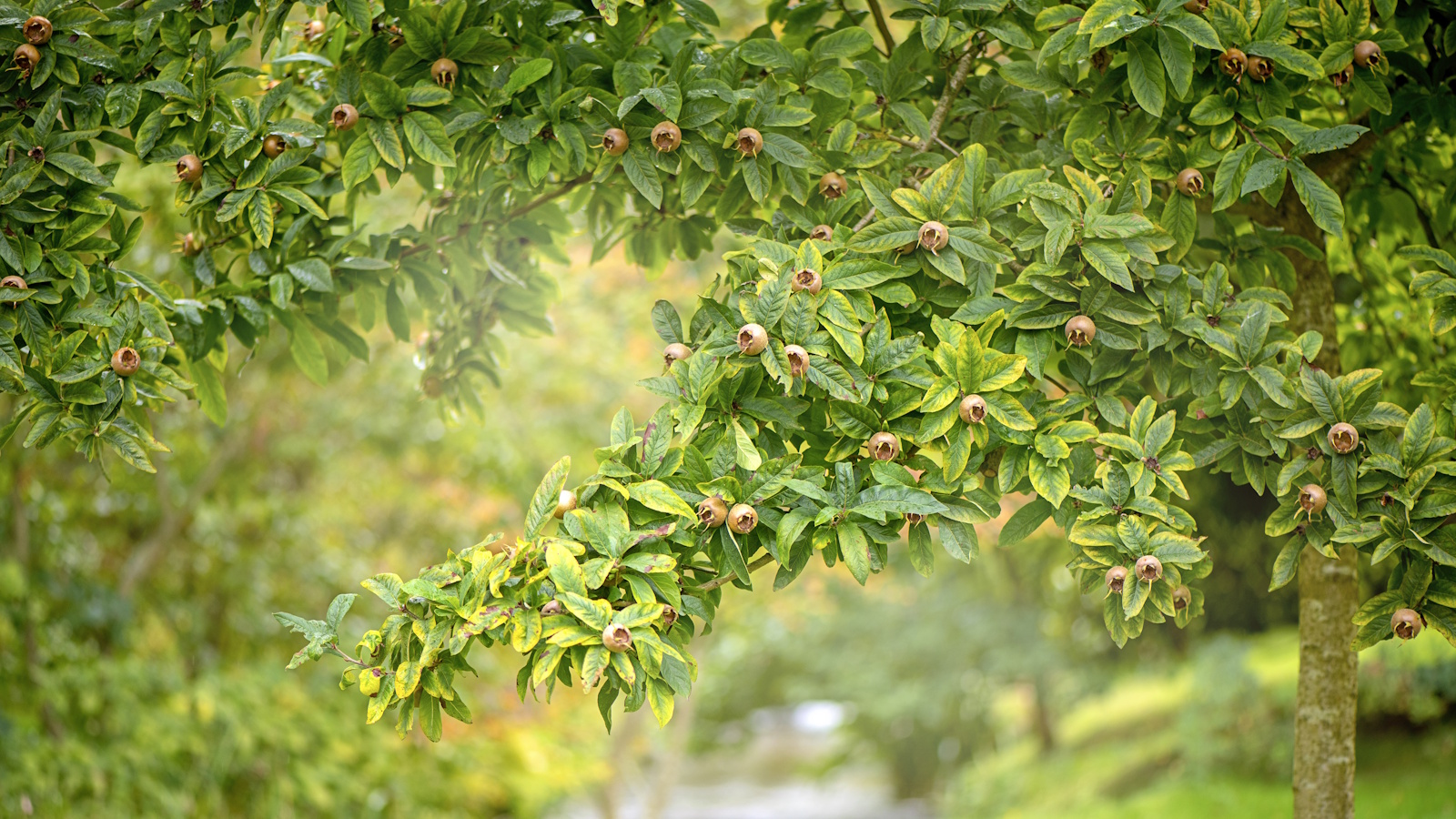 How to grow medlar trees – to enjoy a harvest of unusual fruits from this forgotten heritage species
How to grow medlar trees – to enjoy a harvest of unusual fruits from this forgotten heritage speciesMedlar fruits were once a popular delicacy, yet today, they are a rare find
By Thomas Rutter Published
-
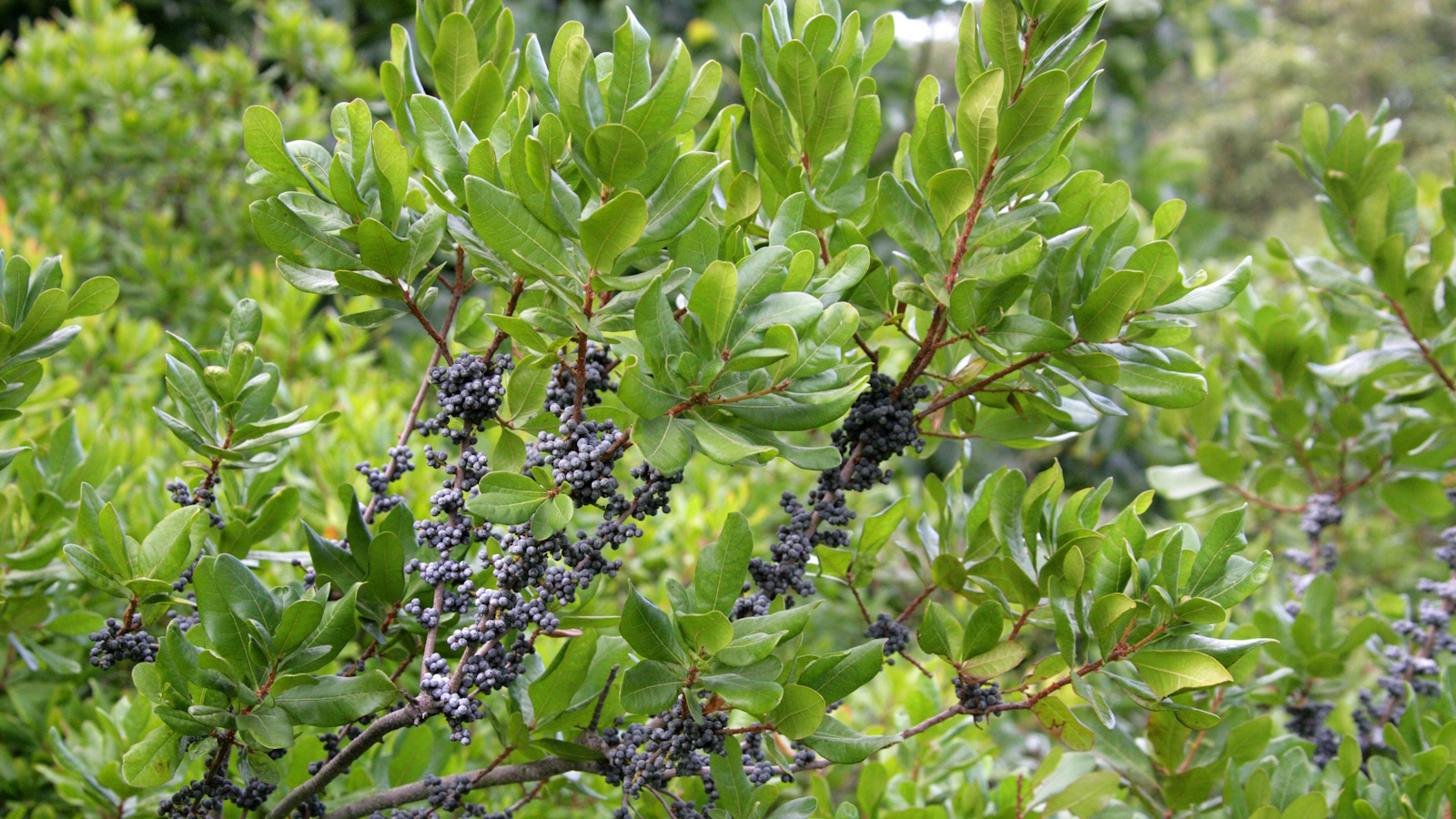 Best fragrant shrubs – 5 perfumed plants to transform garden borders and pot displays this summer
Best fragrant shrubs – 5 perfumed plants to transform garden borders and pot displays this summerGrow one or more of the best fragrant shrubs to add a sensory element to your yard
By Thomas Rutter Published
-
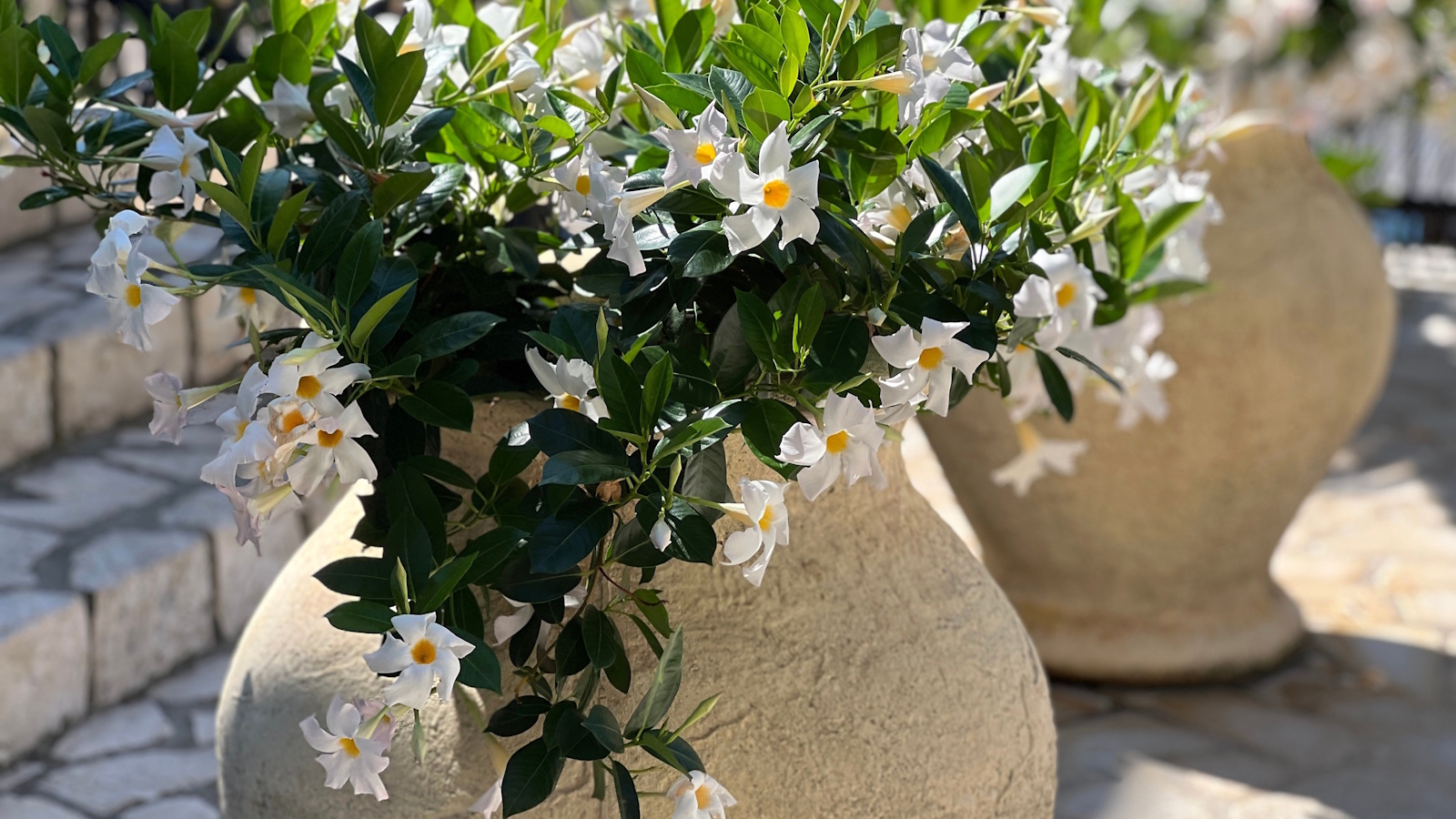 How to grow mandevilla in pots – and elevate your outside space with impactful tropical flowers this summer
How to grow mandevilla in pots – and elevate your outside space with impactful tropical flowers this summerLearning how to grow mandevilla in pots will add a colorful and vertical accent to any size plot
By Thomas Rutter Published
-
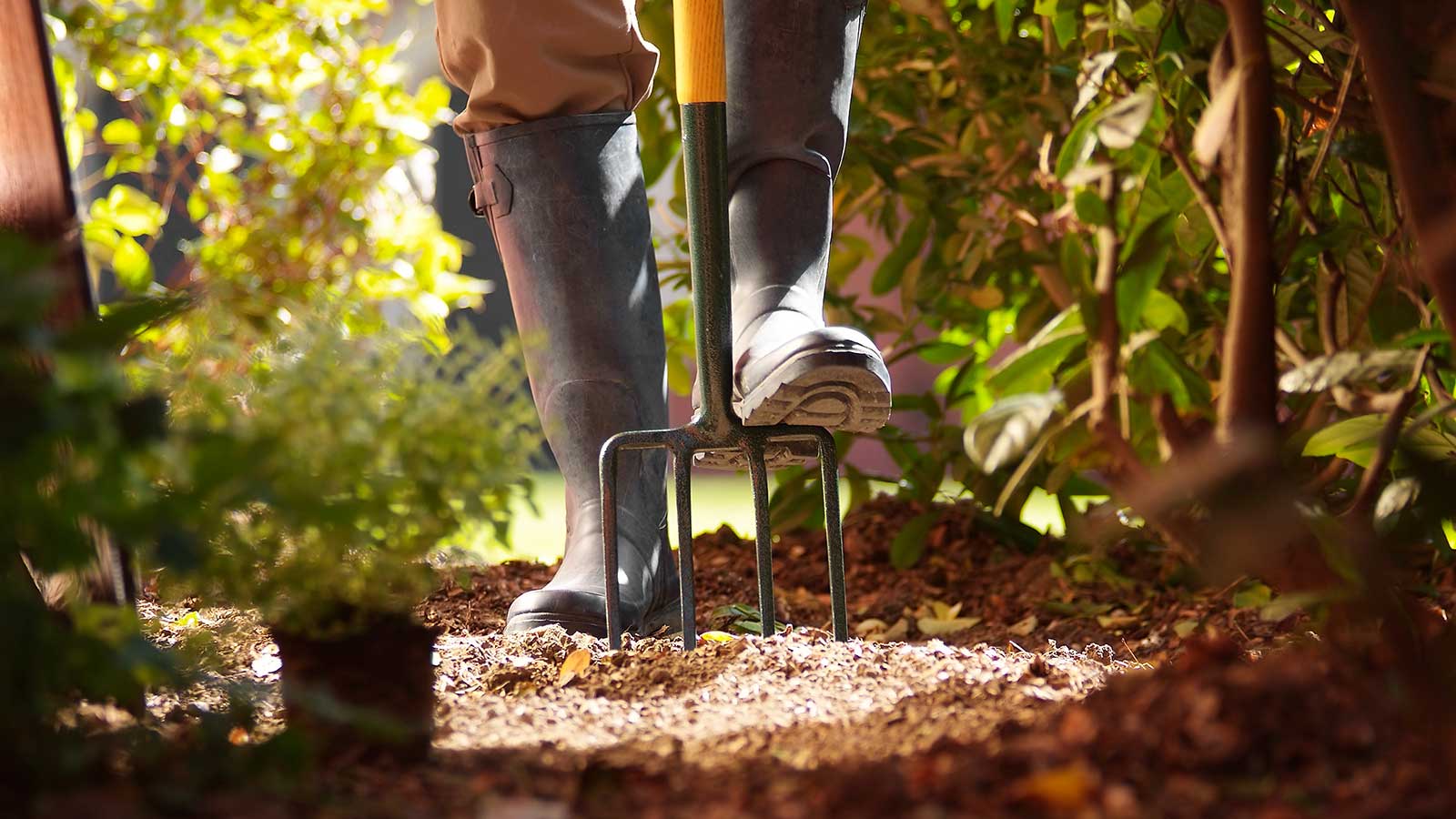 Skyseed is a vigorous invasive weed that is becoming a problem in backyards – here's how to identify and control it
Skyseed is a vigorous invasive weed that is becoming a problem in backyards – here's how to identify and control itGardeners in North America should keep an eye out for this vigorous perennial weed
By Thomas Rutter Published
-
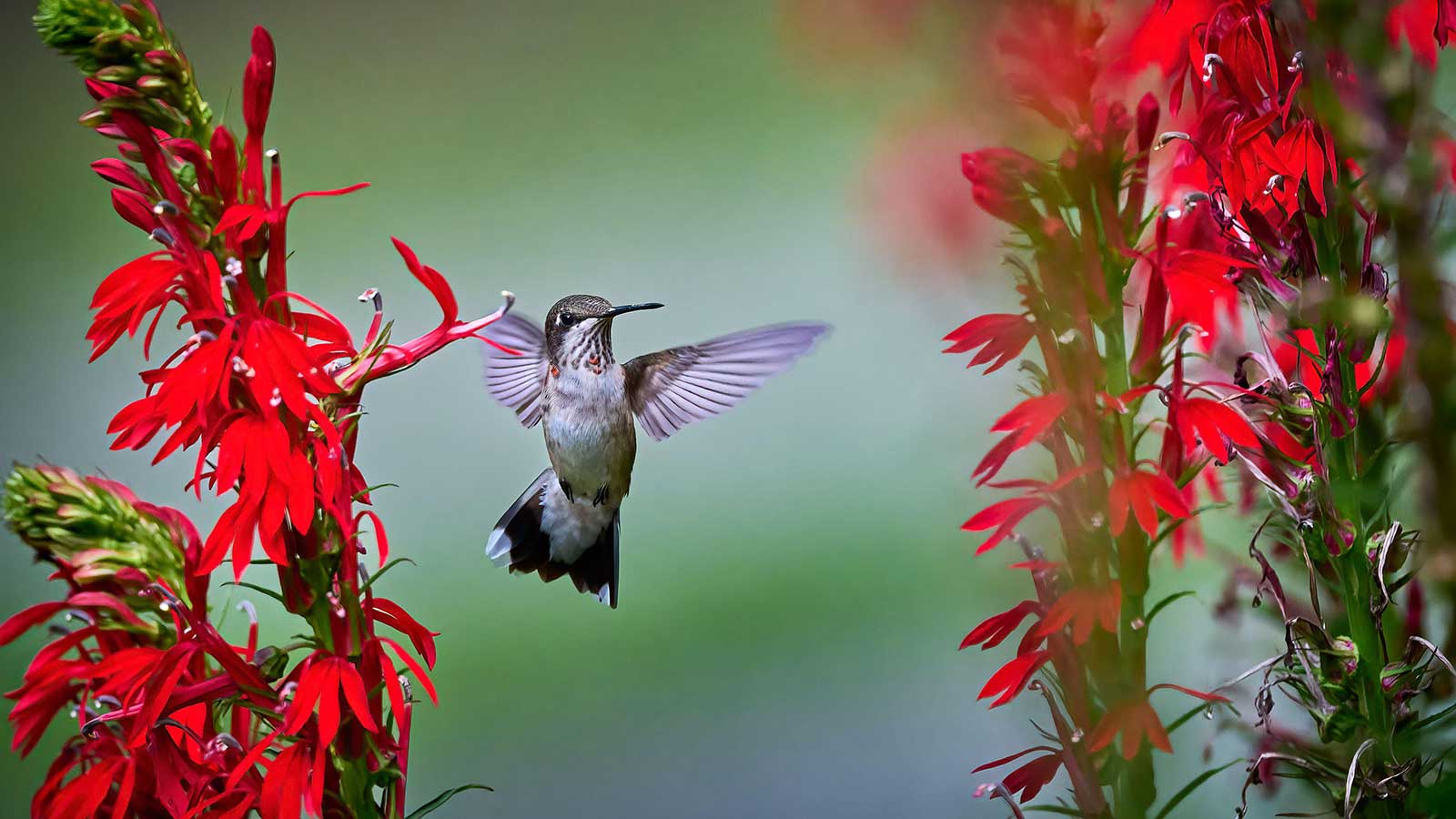 When do hummingbirds return from migration? Wildlife experts reveal when to expect them and how you can help
When do hummingbirds return from migration? Wildlife experts reveal when to expect them and how you can helpAs hummingbirds return to North America, gardeners can play a part in caring for these weary travellers
By Thomas Rutter Published